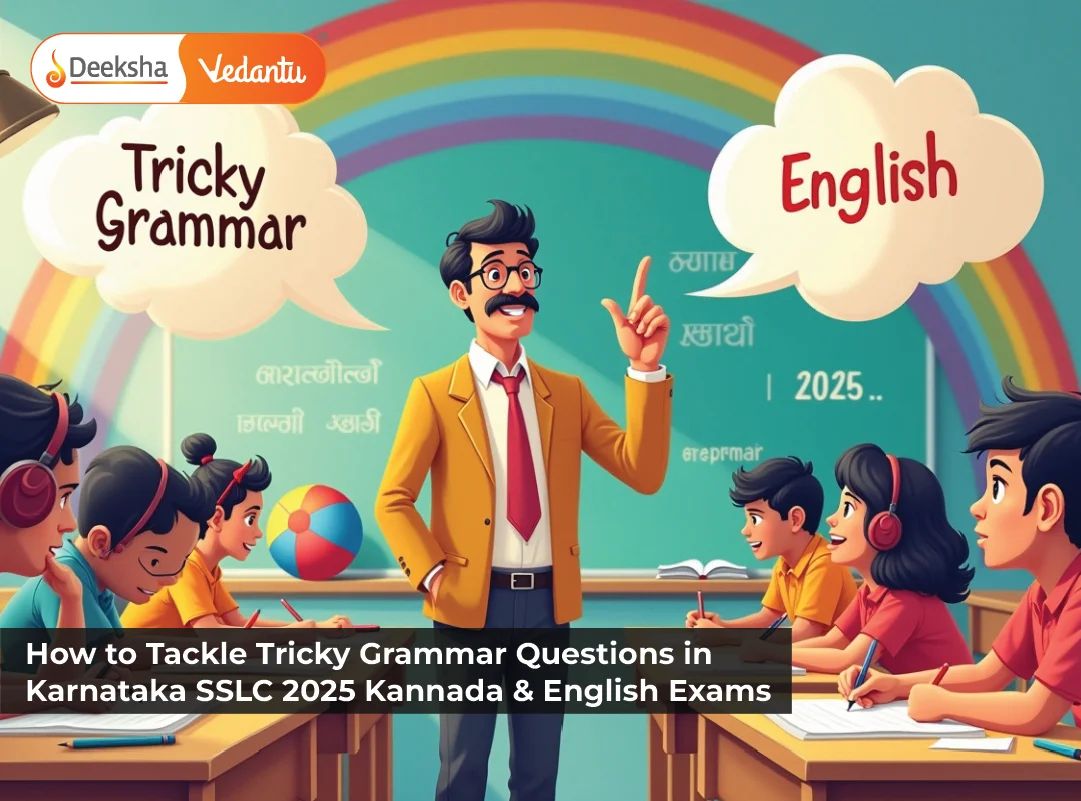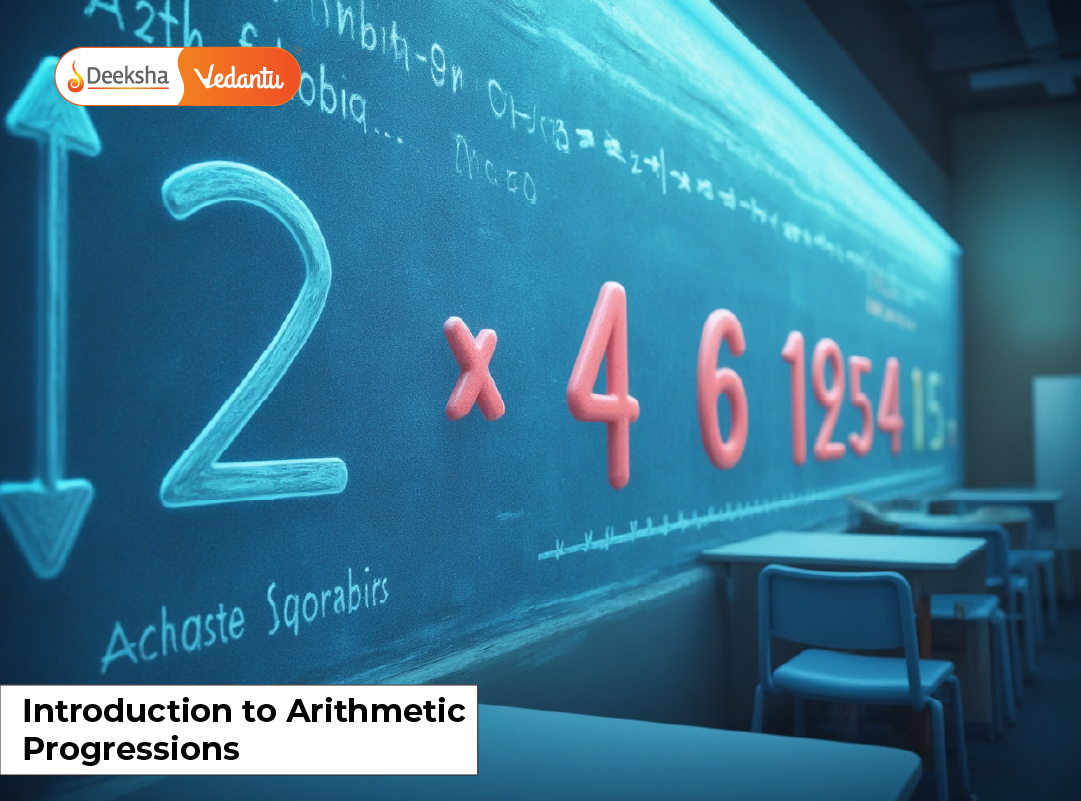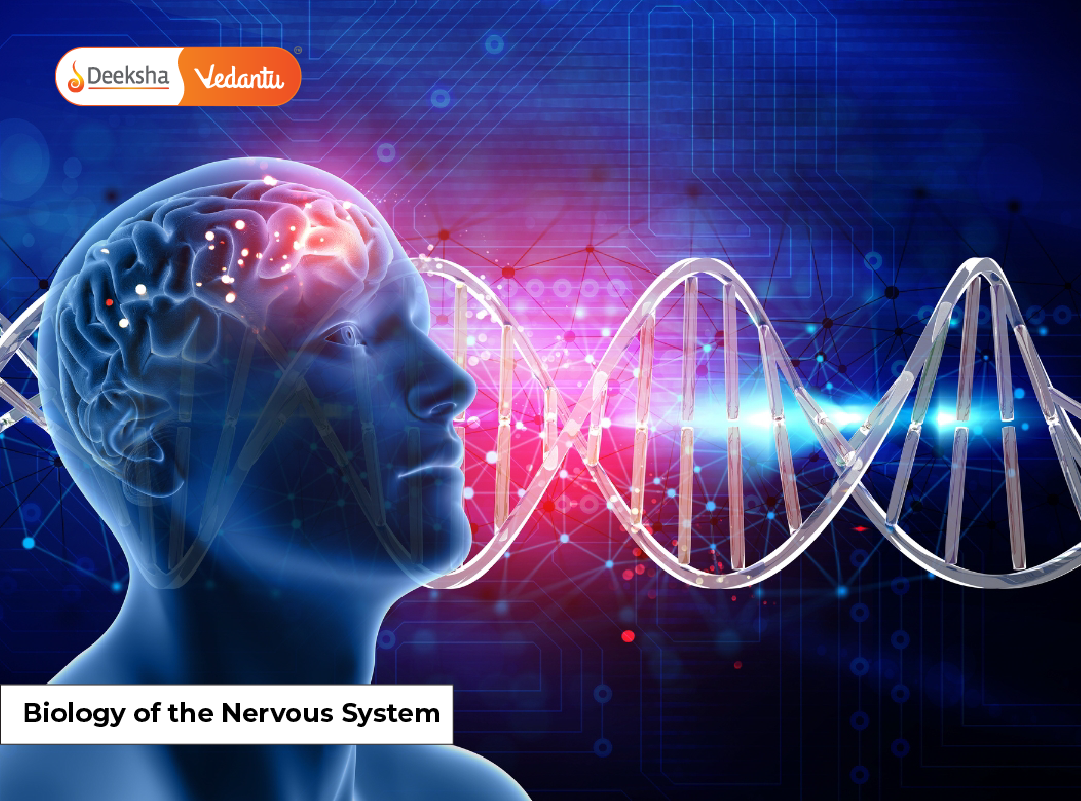Introduction
Grammar is a crucial component of both Kannada and English exams in the SSLC 2025 syllabus. Whether it’s sentence structure, verb forms, or prepositions, mastering grammar rules can significantly improve your performance in the exam. However, grammar questions often present challenges, especially when the rules are subtle or tricky.
In this blog, we’ll explore effective strategies to tackle these challenging grammar questions in both Kannada and English. By understanding the common mistakes, practicing regularly, and applying the right techniques, you can confidently answer grammar-based questions and score high marks.
Why Grammar Is Crucial in SSLC Kannada and English Exams
Grammar is the foundation of language proficiency. In SSLC exams, grammar questions test not only your knowledge of language rules but also your ability to communicate ideas clearly and accurately. Strong grammar skills can significantly boost your score and ensure that you express yourself correctly in both Kannada and English. Here’s why mastering grammar is important:
1. The Role of Grammar in Overall Language Proficiency
Grammar defines how well you can write and speak in any language. It helps you form clear, correct sentences that convey your ideas effectively. A strong grasp of grammar in both Kannada and English allows you to express yourself in writing and speaking with clarity, which is crucial for the SSLC exams.
2. How Grammar Affects Your Score in Both Kannada and English Papers
In both Kannada and English papers, grammar is assessed in various sections, from writing essays and letters to filling in blanks and correcting sentences. Mistakes in grammar can lower your score, even if the rest of your answer is well-written. A grammatically correct answer is not just about following rules; it enhances the coherence of your response, making it easier for the examiner to follow.
3. The Impact of Strong Grammar Skills on Exam Performance
When you have strong grammar skills, you are more confident in writing and more accurate in your answers. Good grammar leads to fewer mistakes, which means you can allocate more time to other sections of the exam. Additionally, grammar-based questions in both Kannada and English are generally easier to answer with the right preparation.
Common Grammar Challenges in Kannada & English Exams
Grammar questions in both Kannada and English often challenge students due to subtle differences in sentence structure, verb forms, and language conventions. Understanding these common challenges and how to tackle them can help you answer grammar questions more effectively. Let’s look at some of the most common grammar challenges students face in both languages and how to overcome them:
1. Sentence Structure and Syntax
Incorrect sentence structure is one of the most frequent grammar issues in both Kannada and English exams. A sentence can be grammatically correct but still hard to understand if it’s poorly constructed. Common problems include misplaced modifiers, run-on sentences, and fragments.
- Tips to Tackle Sentence Structure Challenges:
- Use simple sentences to begin with; avoid overly complex constructions.
- Check subject-verb agreement and make sure the sentence has a clear subject and predicate.
- Break long sentences into smaller, easier-to-understand parts.
- Practice by rewriting sentences with different structures to enhance clarity.
2. Tenses and Verb Forms
Tense usage is often tricky in both Kannada and English, especially when switching between past, present, and future tenses. Choosing the correct verb form in the right tense is essential for conveying the intended meaning.
- Common Mistakes:
- Confusing past tense with present perfect tense (e.g., “I did the work” vs. “I have done the work”).
- Incorrect use of auxiliary verbs (e.g., “She will went to school” instead of “She will go to school”).
- How to Perfect Tense Usage:
- Learn tense rules for both Kannada and English thoroughly.
- Practice tense exercises regularly, focusing on both verb forms and auxiliary verbs.
- Use timelines to visualize when actions happen (past, present, future) to select the correct tense.
3. Subject-Verb Agreement
Subject-verb agreement can be challenging, especially when the subject is distant from the verb or when the subject is collective or plural. Many students make mistakes when the subject and verb don’t agree in number or person.
- Common Errors:
- “The team are playing well” (incorrect), instead of “The team is playing well” (correct).
- “He don’t like it” (incorrect), instead of “He doesn’t like it” (correct).
- How to Improve Subject-Verb Agreement:
- Identify the subject and verb in the sentence.
- Practice sentences where the subject is plural or collective, as these can often be tricky.
- Review subject-verb rules for both languages to ensure accuracy.
4. Pronouns and Antecedents
Using the correct pronouns and ensuring they agree with their antecedents can be tricky, especially when the subject is complex or when using possessive pronouns.
- Common Mistakes:
- “The teacher gave the students their books, and they were happy.” The antecedent of “they” is unclear, creating confusion.
- “Every student should bring his or her book” vs. “Every student should bring their book.” The latter can be incorrect in formal writing depending on the style guide.
- How to Maintain Clarity with Pronouns:
- Ensure that each pronoun clearly refers to a single noun or a group of nouns (antecedents).
- Avoid ambiguity by using clear and specific antecedents for pronouns.
5. Prepositions and Conjunctions
Prepositions and conjunctions are often confusing in both languages. Incorrect use of these can change the meaning of the sentence entirely. For example, using “in” instead of “on” or “for” instead of “since” can confuse the reader.
- How to Improve Preposition and Conjunction Use:
- Learn common prepositions and conjunctions in both languages.
- Practice using them in different contexts to understand their correct placement.
- Be careful with common combinations like “at home,” “in time,” or “on the bus” — these need to be practiced to understand their fixed usage.
Tips for Tackling Grammar Questions in Kannada & English
To succeed in grammar questions in both Kannada and English, it’s essential to practice regularly, develop an understanding of key grammar rules, and use effective strategies during the exam. Here are some tips to help you tackle tricky grammar questions with ease:
1. Practice Regularly with Grammar Exercises
The key to mastering grammar is consistent practice. Grammar exercises will help you become familiar with different sentence structures, verb forms, and grammar rules. The more you practice, the more instinctive the rules will become.
- Tip: Make use of grammar workbooks, online quizzes, and worksheets for regular practice.
2. Read More to Improve Grammar Intuition
Reading is one of the best ways to develop a natural feel for grammar. By reading more — whether it’s Kannada literature or English newspapers — you can improve your understanding of sentence construction, punctuation, and word choice.
- Tip: Read daily, and pay attention to how sentences are formed, how punctuation is used, and how different grammatical structures work in context. This helps internalize grammar rules, making them easier to apply during the exam.
3. Break Down Complex Sentences
Complex sentences can be overwhelming, especially if you struggle with punctuation or verb forms. Break them down into simpler parts and identify the subject, verb, and object. This will help you identify mistakes and correct them more easily.
- Tip: When tackling long or complex sentences, read them aloud or mentally break them into smaller units to make sense of the structure. This strategy will also help you avoid missing any important punctuation or conjunctions.
4. Use Grammar Workbooks and Online Resources
Grammar workbooks and online platforms are great resources for extra practice. Workbooks provide step-by-step exercises and examples, while online resources often offer interactive quizzes that can help you assess your grammar skills.
- Tip: Take advantage of apps and websites designed for grammar practice, such as Duolingo or Grammarly, which can provide instant feedback and help you correct mistakes.
5. Focus on Commonly Tested Grammar Topics
In both Kannada and English exams, there are certain grammar concepts that appear more frequently than others. For example, sentence structure, tenses, and subject-verb agreement are commonly tested in both languages.
- Tip: Review past exam papers and identify the grammar topics that are most often tested. Focus your study efforts on these areas to maximize your preparation.
Common Mistakes to Avoid in Grammar Questions
Even with regular practice, there are common mistakes that students tend to make in grammar sections. Being aware of these errors will help you avoid them and improve your performance in the Kannada and English SSLC exams. Let’s look at some of the most frequent grammar mistakes and how to steer clear of them:
1. Overlooking Sentence Structure and Punctuation
Incorrect sentence structure or poor punctuation can drastically affect your grammar score. Many students make the mistake of writing long, complicated sentences without proper punctuation, making the sentence difficult to understand.
- Tip: Always read your sentences aloud to check if they make sense and are properly punctuated. Ensure each sentence has a clear subject and predicate, and use punctuation marks like commas, periods, and question marks appropriately.
2. Confusing Similar-Sounding Words or Verb Forms
In both Kannada and English, many words sound similar but have different meanings (e.g., “there” and “their” in English, or “ಅವರು” and “ಅವನು” in Kannada). Misusing these words can make your grammar appear sloppy and can cost you marks.
- Tip: Pay close attention to commonly confused words and verb forms. Practice these words in context to reinforce their correct usage. For instance, using “is” for singular subjects and “are” for plural ones is a frequent issue in subject-verb agreement.
3. Rushing Through Questions Without Reviewing Grammar Rules
Many students rush through grammar questions to save time, which often leads to careless mistakes. Skipping the review of grammar rules before attempting a question can result in incorrect answers.
- Tip: Before you attempt grammar questions, take a few moments to mentally go through the basic grammar rules that apply to the question. This will help you avoid simple errors and increase your confidence in answering.
4. Misunderstanding Complex Grammar Rules
Some grammar concepts can be tricky, especially in complex sentence structures, tense usage, or when dealing with pronouns. Misunderstanding these rules can lead to frequent mistakes, especially in more advanced grammar sections.
- Tip: Focus on mastering the most difficult grammar rules with regular exercises and examples. Break down complicated rules into simpler parts and practice using them in different contexts.
5. Not Proofreading Your Work
Skipping proofreading can lead to leaving obvious grammar mistakes in your answers. Even if you’re confident about your response, errors may slip through if you don’t review it before submitting.
- Tip: Always leave 5-10 minutes at the end of your exam to go through your answers. Check for spelling errors, incorrect tense usage, and any other grammar mistakes that might have been overlooked.
FAQs
1. How do I improve my subject-verb agreement in Kannada and English?
To improve subject-verb agreement, practice identifying the subject and verb in each sentence. Make sure the verb agrees in number (singular or plural) with the subject. Regularly practicing grammar exercises focusing on subject-verb agreement will also reinforce your understanding.
2. What are the most common grammar mistakes in Kannada and English exams?
Some of the most common mistakes include incorrect sentence structure, wrong tense usage, subject-verb disagreement, and confusion with pronouns and prepositions. Practicing regularly and reviewing grammar rules will help you avoid these errors.
3. How can I practice complex sentence structures for grammar questions?
Start by breaking down complex sentences into simpler parts. Practice rewriting complex sentences in various ways, and gradually increase the complexity of the sentences you write. This will help you understand and use complex structures more confidently.
4. How do I memorize grammar rules for both languages?
Consistent practice is key. Create flashcards with grammar rules and examples to reinforce your memory. Review these flashcards regularly and practice exercises that apply these rules. The more you use the rules in context, the easier it will be to recall them during the exam.
5. Can reading improve my grammar skills for the SSLC exams?
Yes, reading is an excellent way to improve your grammar. When you read, pay attention to sentence structure, grammar, punctuation, and vocabulary. Reading Kannada literature, English newspapers, and articles will expose you to correct grammar usage and help reinforce the rules naturally.
Conclusion
Grammar is the backbone of both Kannada and English, and mastering it is crucial for excelling in the SSLC 2025 exams. By focusing on sentence structure, verb forms, subject-verb agreement, and other key grammar concepts, you can significantly improve your performance in both language exams.
Consistent practice, regular reading, and applying grammar rules in different contexts will help you tackle tricky grammar questions with confidence. With the right strategies, you can avoid common mistakes and approach grammar questions systematically, ensuring you maximize your score.
So, practice regularly, stay focused, and approach your Kannada and English grammar questions with confidence. Your effort will surely pay off when you see those high scores on your SSLC 2025 results!
Table of Contents















Get Social